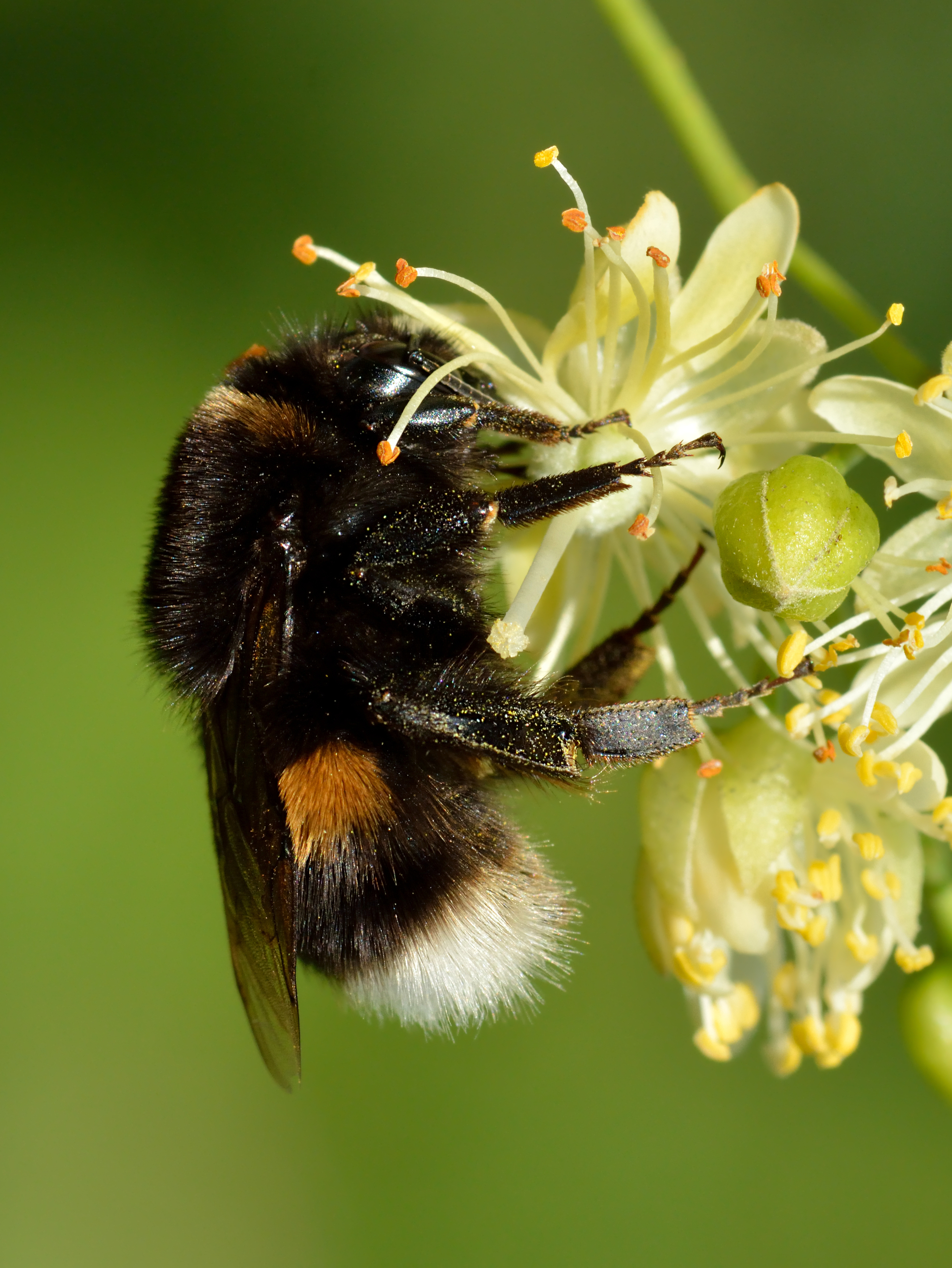 |
| Bumblebee foraging on flowers (courtesy: Wikipedia) |
Bumblebees are very demanding customers; their demand is for steady supplies of pollen. If pollen is in short supply, they register their protest, by injuring the suppliers. A research team led by De Moraes and Mescher at the ETH, Zurich were surprised to find this bizarre behaviour of the bumble bees and followed up with a systematic study. They were even more surprised to note that the damaged flora responded by flowering ahead of time. Onset of flowering is known to be influenced by a variety of environmental factors such as sunlight, ambient temperature availability of water/nutrients etc., however direct bee intervention is perhaps being reported for the first time.
Bumble bees are social creatures. Spring is the time when they start new colonies. New colonies mean hive full of hungry larvae. Pollen is the only food given to the larvae and that means there should be flowers in abundance. If for some ecological or anthropogenic reason flowering is delayed, then the bumble bee community will have to starve to death. It is to avert such circumstances that worker bees puncture leaves of flowering plants with their proboscises and mandibles. Plants and trees on their part, can't and don't blacklist these violent customers because bumble bees are the most important group of pollinators in the ecological symbiosis.
Bumble bees are social creatures. Spring is the time when they start new colonies. New colonies mean hive full of hungry larvae. Pollen is the only food given to the larvae and that means there should be flowers in abundance. If for some ecological or anthropogenic reason flowering is delayed, then the bumble bee community will have to starve to death. It is to avert such circumstances that worker bees puncture leaves of flowering plants with their proboscises and mandibles. Plants and trees on their part, can't and don't blacklist these violent customers because bumble bees are the most important group of pollinators in the ecological symbiosis.
De Moraes's team noted that bee damaged plants flowered several weeks ahead of undamaged control plants. Curious, they included another set of plants whose leaves were manually injured with forceps and razor. Manual damage didn't accelerate flowering. The team alludes to the possibility that bees must be lacing the wounds with a chemical cue. Such behaviour, that of chemical signalling either within same species and/or between different species is well known in the realm of symbiosis. Pheromones , allomones and kairomones are classic examples. Aptly enough these are collectively called semiochemicals (semion in Greek means signal). The Zurich team's next step will be to identify the chemical that the bumble bee leaves behind on the leaves. And perhaps that might usher in the era of unseasonal flowers.
REFERENCES:
1. The role of plant sensory perception in plant-animal interactions : Journal of Experimental Botany 2015, 66(2) 425-33: Mescher, MC and De Moraes C
3. Bumble bees damage plant leaves and accelerate flower production when pollen is scarce : Science 2020, 368, pp881-884 Pashalidou et al
4. Stress induced flowering in Pharbitis
4. Stress induced flowering in Pharbitis